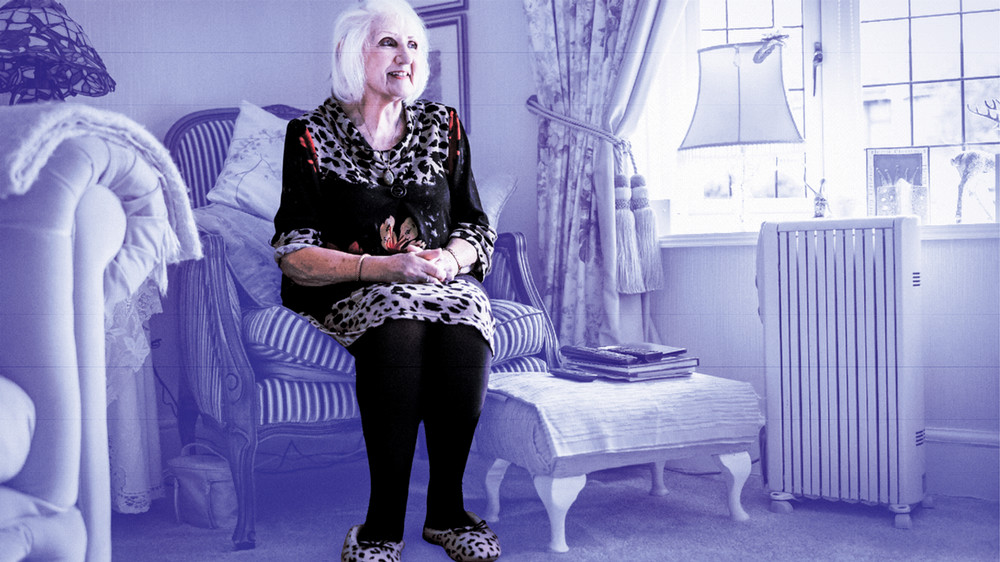
By Sarah C. Baldwin
In 2024, Karen Donelan, a survey researcher and the inaugural Stuart H. Altman Chair in U.S. Health Policy at Heller, was giving a talk about women, aging and health inequities at a Salzburg Global seminar, invited by Karen Feinstein, PhD’83, of the Jewish Healthcare Foundation, a philanthropic organization focused on improving health care services. Donelan presented some of her current work on care for older adults, including economic data from Christine Bishop, the Heller School’s Atran Professor of Labor Economics and an expert in long-term services and supports.
“I told them that as a woman in your 80s, you’re more likely to live alone. You’re more likely to need assistance. You’re more likely to end up without money and in a nursing home reliant on Medicaid, or to live alone in a home where you can have an injury or a fall, and you’re more likely to suffer adverse consequences because you’re alone and don’t have support,” Donelan says.
Feinstein asked Donelan and Bishop to develop a project on gender equity in the financing of long-term services and supports. The researchers received an 18-month grant to explore “the financial policies, resources and structures that have disadvantaged women and detracted from their ability to be healthy and safe in their older years.”
“People assume that when they need assistance with everyday activities due to health issues, Medicare is going to cover it, and they’re mostly wrong,” says Donelan. While individuals who meet income and asset tests can access state Medicaid services, and people with substantial assets can fund their own personal care, a large “missing middle” will have difficulty accessing paid care and must rely on family care or go without, Bishop adds.
‘The forgotten middle’
For aging women in the U.S., who on average outlive men by more than five years, the situation can be dire, and the problem is not going to go away. By 2030, all baby boomers will be 65 or older, as will nearly a quarter of the country’s population by 2040. Today, about 42% of women 75 and older live alone; almost one-third of older American women are widows.
“Women have a tendency to take time out of work for child-rearing or family care, so there’s a substantial loss of wealth related to caregiving,” Donelan explains. “They give up income, which is money they don’t save, and therefore they end up in older age with far less savings than men. And then, if divorce or widowhood comes, depending on the timing, that can be another blow to one’s Social Security, income savings and other income.”
Key to crafting long-term service and supports (LTSS) policy for all older adults, including women, is weighing questions of individual, family and societal responsibility. Bishop points out that even if these questions are not being asked at the federal level right now, “states can be a good incubator for good ideas that the federal government might adopt later. Everyone faces the risk that they or family members will need substantial home or residential services.” But, ultimately, she says, “we should aim for a national program of insurance for LTSS, especially for those in the forgotten middle.”
Meanwhile, according to Donelan, one of the biggest issues is lack of awareness of what will happen in the absence of financial planning and insurance. “People don’t think they’re going to live as long as they do, and then they do, and they’re stuck,” she says. “So we’re also looking at how to push this information out to people. It’s a savings problem, but it’s also a public awareness problem.”
